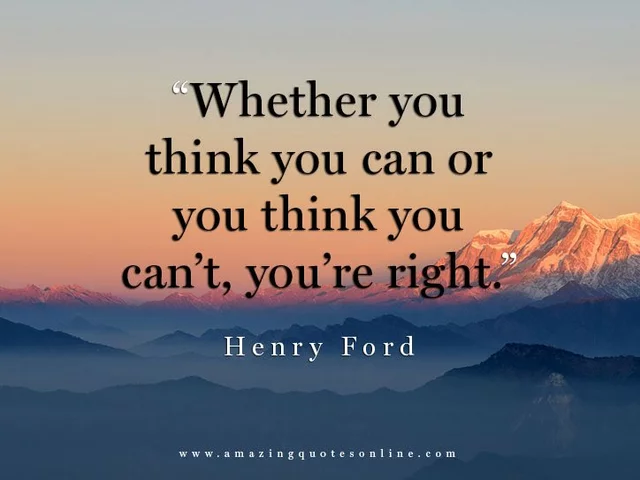Understanding the Basics: What is Gear in Photography?
In this section, we will discuss the basics of what gear means in the context of photography. The term 'gear' in photography refers to the wide range of equipment and accessories that are used by photographers to capture and create images. This includes cameras, lenses, tripods, lighting equipment, filters, and more. As a photographer, your gear can greatly impact the quality of your photos, as well as your creative process and workflow. Understanding the different types of gear and how they can be used is essential to improving your photography skills.
Cameras: The Core of Your Photographic Gear
Cameras are the primary piece of gear that photographers use to capture images. There are many different types of cameras, including DSLR (digital single-lens reflex), mirrorless, and point-and-shoot cameras. Each type has its own unique features and benefits, so it's important to choose the right camera for your needs and preferences. Factors to consider when selecting a camera include its sensor size, image quality, autofocus capabilities, and the availability of compatible lenses and accessories. Additionally, you should consider your budget, as cameras can range in price from a few hundred to several thousand dollars.
Lenses: Expanding Your Creative Possibilities
Lenses are another critical piece of photography gear that can greatly impact the quality and style of your images. There are many different types of lenses available, each with its own unique characteristics and functions. Some common types of lenses include wide-angle, telephoto, macro, and prime lenses. When selecting a lens, consider factors such as focal length, aperture, and image stabilization. A versatile lens kit is essential for any photographer, as it allows you to capture a wide range of subjects and styles, from sweeping landscapes to intimate portraits.
Tripods and Stabilization: Ensuring Sharp and Steady Shots
Tripods and other stabilization gear are essential for capturing sharp, steady images, especially in low-light conditions or when using a slow shutter speed. In addition to traditional tripods, there are many other types of stabilization gear available, such as monopods, gimbals, and camera sliders. When selecting a tripod or other stabilization equipment, consider factors such as weight, portability, and maximum load capacity. High-quality stabilization gear can help you achieve professional-looking photos and videos by minimizing camera shake and ensuring precise framing and composition.
Lighting Equipment: Crafting the Perfect Atmosphere
Lighting is a crucial element of photography that can greatly affect the mood and appearance of your images. As a photographer, it's essential to have a solid understanding of lighting techniques and equipment. Some common types of lighting gear include speedlights, studio strobes, continuous lights, and light modifiers such as softboxes and umbrellas. Investing in quality lighting equipment can help you create more professional-looking images and give you greater control over the look and feel of your photos. Additionally, learning how to use natural light effectively can greatly enhance your photography skills.
Filters: Enhancing and Protecting Your Images
Filters are a valuable addition to your photography gear, as they can help protect your lenses and enhance your images in various ways. Some common types of filters include UV filters, polarizing filters, and neutral density (ND) filters. UV filters protect your lens from scratches and dirt, while polarizing filters help reduce glare and enhance colors in your images. ND filters, on the other hand, allow you to use slower shutter speeds or wider apertures in bright conditions by reducing the amount of light entering your camera. Understanding the different types of filters and their uses can help you create more dynamic and visually striking images.
Accessories: Essential Tools and Extras
In addition to the main pieces of gear we've discussed so far, there are many other accessories that can help improve your photography skills and workflow. Some popular photography accessories include camera bags, cleaning kits, memory cards, batteries, and remote shutter releases. These items can help you stay organized, protect your gear, and ensure that you're prepared for any shooting situation. When selecting photography accessories, consider factors such as compatibility, durability, and ease of use. Investing in high-quality accessories can make your photography experience more enjoyable and efficient.
Upgrading Your Gear: Knowing When and How to Invest
As you grow and develop as a photographer, it's important to know when and how to upgrade your gear. While it can be tempting to constantly purchase the latest and greatest equipment, it's essential to focus on improving your skills and understanding of photography first. When considering an upgrade, think about how the new gear will enhance your capabilities and help you achieve your creative goals. Additionally, it's crucial to research and compare different products, read reviews, and seek advice from fellow photographers before making a significant investment in new gear.






Write a comment